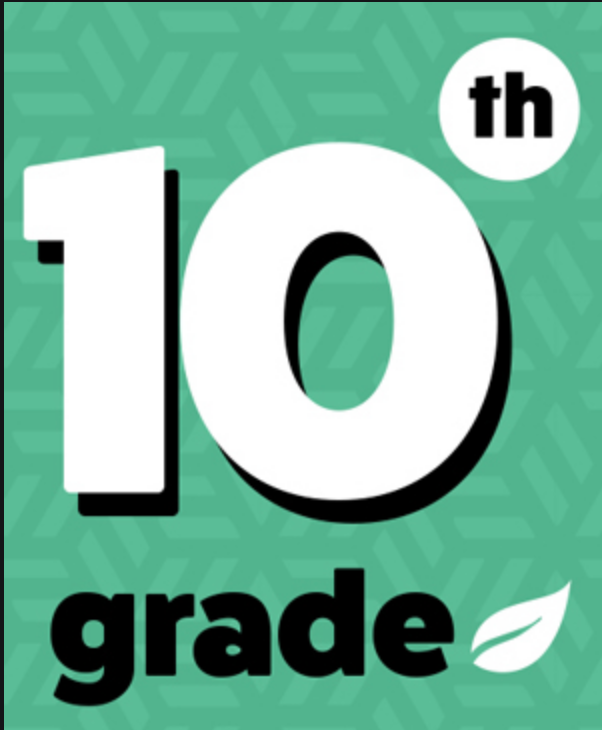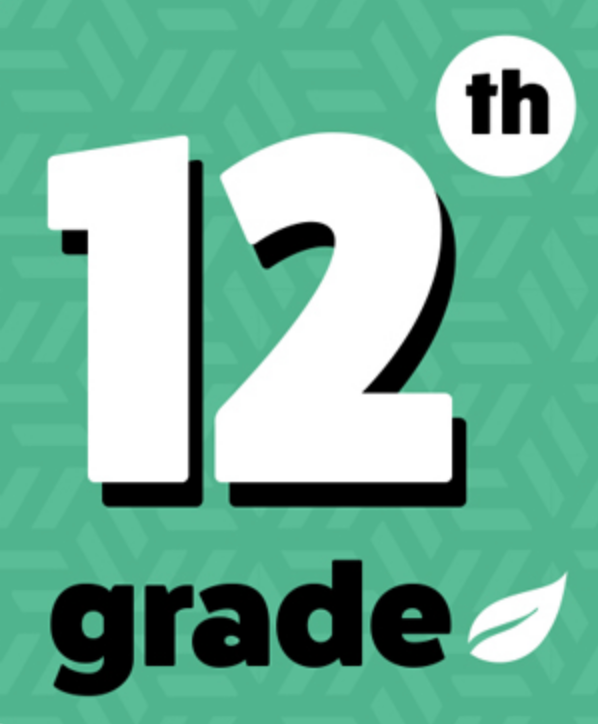Ask a university student for advice about college applications and you’re likely to hear “Start early”. Another frequent suggestion is “Stay organized”. For most students and parents, the college admission process is time-consuming and complicated, but with some thoughtful planning and organization, you can get a jump start and reduce senior year stress.
Below is an action plan for college-bound seniors.
Set Up a College Admissions Email Account
If you don’t have one already, set up an email account to use for college admissions. Avoid user names that an admissions officer might find silly, inappropriate or immature. With easy web access, Gmail is a good choice.
Keep a College Admissions Notebook
Set up a separate college notebook (a black and white composition notebook works well) for user accounts, passwords and other information.
Register & Prep for the ACT, SAT and SAT Subject Tests
If you’d like to improve your scores, or you need to take additional Subject Tests, it is a good idea to register now. If you need prep material, consider these study guides and practice tests.
Register for the Common Application
More than 400 colleges and universities accept the Common Application. Last year almost 1.4 million applications were submitted online via the Common Application. If any of the schools you are considering use the Common Application, set up an account. Write down your user name and password. Download the appropriate forms, short answer and essay topics. After you register, you can complete the application at your own pace, revising and saving your work as you progress. Keep in mind that many schools that accept the Common Application also require or suggest supplementary essays.
Brainstorm your Personal Statement
The primary essay in the Common Application is called the personal statement. You’ll need to choose from six topics. Your essay should be about 500 words. Consider these guidebooks if you need assistance.
Register for State Applications
Many state schools do not participate in the Common Application. Many state schools offer rolling admissions but show a preference for early submissions.
Meet with Your Guidance Counselor
Review your college list to make sure it includes a balanced mix of Reach, Possible and Likely colleges. Confirm that you are on track to meet all graduation requirements. Ask about your class rank, if your school provides rankings. If you haven’t done so already, ask about providing information for your counselor’s recommendation. Inquire about reviewing your transcript to make sure everything is correct. Be sure to schedule follow-up appointments with your guidance counselor to keep your college application process moving forward efficiently.
Register Online for Colleges and Universities
Visit the web site for each school you are considering and register for information. Take an online tour and learn about the school. Request a brochure by mail, if available. Jot down user names and passwords in your college notebook.
Research and Visit Colleges
If you are still working on your list of colleges, make sure you have good resources to narrow your choices. Attend local college night programs. Visit schools in person and online. Spend time perusing college guidebooks and web sites.
Complete Your College Admissions Resume or “Brag Sheet”
You’ll find this list of activities and achievements is extremely helpful for applications, interviews and recommendations. Learn more about composing your college admissions resume.
Review and Finalize Your College List – Decide about Early Decision
Update your schools and decide if you want to apply to a college early decision (binding) or single-choice early action (restrictive). Prioritize your applications by level of interest and difficulty of completing the application. Many counselors suggest one to three “Reach” schools, where admission is possible but not likely, three to five “Possible” schools, where you are well within the range and there is a good chance of acceptance, and two to four schools where you are “likely” to be accepted. With increased competitiveness for college admission, many college counselors no longer use the term “safety” schools, referring to them instead as “likely admission” colleges.
Create You College Application Spreadsheet
A master tracking document can help you stay on task. It can also be instrumental in avoiding missed deadlines, a last minute rush and unnecessary stress. Your spreadsheet can be maintained on a computer (Excel, Word, Google Docs) or handwritten. Determine the decision plans and options (early decision/early action/rolling/regular) for each college you are considering. Clarify and include deadlines, requirements and submission dates. Determine and include essay, application, interview, recommendation, testing (including SAT subject tests) requirements and deadlines for all schools you are considering.
Review Your Online Persona
Examine your information on Facebook and/or other social networks. Consider updating or deleting contents that might not be viewed favorably by college admissions officers.
Request College Recommendation Letters from Teachers
Ask your teachers about writing a favorable letter of recommendation for you. Speak with your teachers as early as possible. Many teachers are overwhelmed with requests and limit the number of students for whom they write letters. Provide each teacher with a recommendation form, a copy of your college admissions resume and a stamped, addressed envelope for each school. Follow up with recommenders to confirm letters of recommendation have been completed and sent. Make sure to thank them.
Brainstorm, Write, Review, Edit and Polish Your Application Essays
Most competitive colleges require at least one essay. Consider your options and how you can best portray yourself. Usually it takes several drafts to compose a high quality essay. Be sure to invest the thought and time that this important part of the application deserves! Consider these guidebooks if you need assistance.
Complete Your Applications, Supply Related Information & Follow-up
For colleges that require or suggest an interview, schedule it well before the deadline. Request transcripts from your high school guidance office. Send ACT/SAT scores to colleges on your final list. Send scores and transcripts well before the deadline to avoid a late fee. Carefully review and proofread application materials and submit electronically. Follow up with colleges to be sure that all portions of the application have been received: high school transcript, standardized test scores, application/essays/ supplements, letters of recommendation, counselor recommendation/art portfolios/DVDs. Many colleges have an “application status check” function on their web portals, and many colleges will alert students if parts of the application file are missing.
Research and Apply for Financial Aid & Scholarships
Collect financial-aid information and learn about the FAFSA and CSS Profile. Attend financial aid workshops. Research scholarship opportunities – keep a timeline with scholarship deadlines and specific requirements. Complete the FAFSA and CSS Profile (Private School Financial Aid Form), as appropriate. The CSS Profile can usually be submitted as early as September (with estimated income tax information) while the FAFSA (Free Application for Federal Student Aid) becomes available on January 1st.
Author:
Lynn Radlauer Lubell, Publisher of InLikeMe.com and Founder of Admission By Design, an Educational Consultancy based in Boca Raton, Florida.
Copyright InLikeMe.com and Phrazorp LLC. All rights reserved.

Lynn Radlauer Lubell, Publisher of InLikeMe.com and Founder of Admission By Design, an Educational Consultancy based in Boca Raton, Florida.



